Greatest Years in Gaming History: 1995
One of the industry's most tumultuous years saw the decline of gaming's old guard and the rise of vintage classics like Chrono Trigger.
This article first appeared on USgamer, a partner publication of VG247. Some content, such as this article, has been migrated to VG247 for posterity after USgamer's closure - but it has not been edited or further vetted by the VG247 team.
In February 1995, three doctors decided to take their hobby to the next level and start making their own video games. The studio they created was called BioWare, and before the decade was out, it was one of the top RPG developers in the industry.
The arrival of BioWare is emblematic of the kind of year that 1995 was for developers of all stripes. It was a year of new beginnings, whether it was the start of sustained dominance (Sony) or the beginning of the end (Sega). The Wild West years of the 16-bit era were drawing to a close in 1995, and Sega in particular was due to reap the whirlwind for their actions earlier in their decade. But they still had one more reckless move in them, and it would be the move that would ultimately finish off Sega as a major force in the games industry.
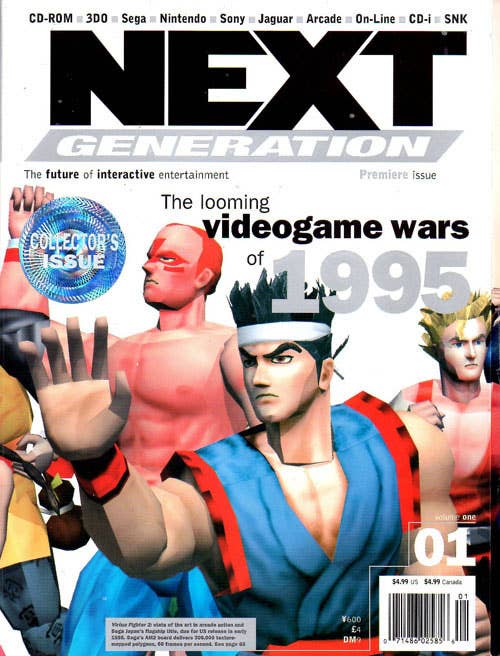
It's one of the only years I can think of in which something truly interesting happened within the industry every single month. Whether it was Nintendo finally pulling the plug on NES production in January, the appearance of Windows 95 in August, or the dramatic rise of the real-time strategy and 3D fighter genres in the fall, there was always something to talk about.
I also have a fascination with 1995 because it sits at a particular intersection of my own gaming tastes. It was the year that I sold my NES and went all-in on PC gaming to cash in on a period when LucasArts was at its absolute apex, and Interplay, Blizzard, and Westwood Studios were all on the rise. In April 1995, LucasArts released Full Throttle, which quickly became a beloved fixture of their adventure game lineup, as well as TIE Fighter Collector's CD-ROM. For a gamer at the tender age of 12, those were some very good times.
On the other side of the spectrum, Sega was in the process of completely imploding, though no one knew it yet. The assumption was that Sega was in for another dominant generation over upstart Sony and the virtually-unknown PlayStation. But of course, we all know what happened. When Sega took the stage in May 1995, they announced that the Sega Saturn would be retailing for $399, and more shockingly, that 30,000 units had already been shipped. Sony followed that announcement with probably the most devastating response in the industry's history: The Sony PlayStation was launching for $100 less.
The fallout from Sega's move was immediate and spectacular. More than a few retailers were so angered by the surprise decision that they refused to distribute the Saturn, and would continue to spurn Sega well into the Dreamcast days. Between Panzer Dragoon and Daytona USA, it actually had a couple really solid games at launch, but few other games were forthcoming. There are a lot of reasons for this, ranging from the American market's lack of interest in RPGs—Final Fantasy VII was still two years away—to the mania for 3D games. Suffice it to say, the Saturn had an acute software problem. By late 1997, it was all but dead in North America. It never even received a Sonic the Hedgehog game.
The Saturn launch was a sad end for Tom Kalinske, who tendered his resignation from Sega in July 1996. It was Kalinske who had originally managed to put Sega on the map in the U.S., even as he battled constantly with executives at Sega of Japan, as described in Blake Harris's Console Wars. In the end, Sega of Japan got the best of him. Ordered to release the Saturn early to get an edge over the PlayStation, Kalinske did as he was told.
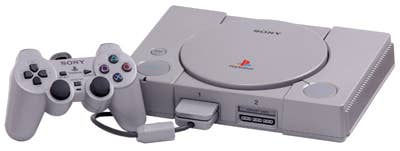

Even if had won the argument though, Kalinske's fate may have been sealed anyway. Before the Saturn launch, there were signs that Sega had overreached. The release and subsequent lack of support for the 32X peripheral enraged Sega's core fans, sapping momentum for the Saturn long before its disastrous launch. With its weak library, it would have struggled to compete against even the Nintendo 64, which at least had Nintendo backing it. In the end, the best case scenario for the Saturn might have been a graceful death followed by an extended run for the Dreamcast.
Worth noting is the fact that the Saturn wasn't the only disastrous launch that year. Just two months later, Nintendo released the Virual Boy, which proved so embarrassing that they refused to even acknowledge it for years afterward. With its bizarre stand, headache inducing spectrum of colors, and weak library, it was effectively doomed from the start. I still remember walking into a Target just a few months after the Virtual Boy's launch to find a pile marked down to $19.99. I sort of wish I had picked one up given their relatively rarity.

The real tragedy of the Virtual Boy, of course, isn't that it failed. It's that it effectively spelled the end of Gunpei Yokoi's 30-year career with Nintendo. The father of the Game Boy tendered his resignation a year later, and a year after that he was dead, victim of a terrible road accident. In one fell swoop, the medium lost one of its formative geniuses. Nintendo has since done their best to continue Yokoi's legacy, but they've never really been the same since his departure. One wonders how much better the Wii might have been, for instance, had Yokoi been around to participate in its development.
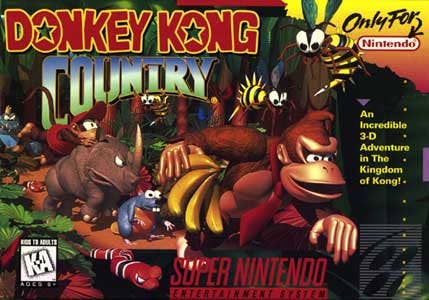
It wasn't all doom and gloom for Nintendo though. The Super Nintendo continued its strong showing from the end of 1994, which saw the release of Final Fantasy VI and Donkey Kong Country, and had one of its best years ever in 1995. Here are a few of the games that came out that year: Chrono Trigger, Earthbound, Donkey Kong Country 2, and Super Mario World 2: Yoshi's Island. Three of those games would go on to become all-time classics, with Donkey Kong Country 2 settling for merely being very, very good. Those four games, and possibly Mega Man X2, constitute a run of exclusives that Microsoft and Sony would give one of their kidneys to have today.
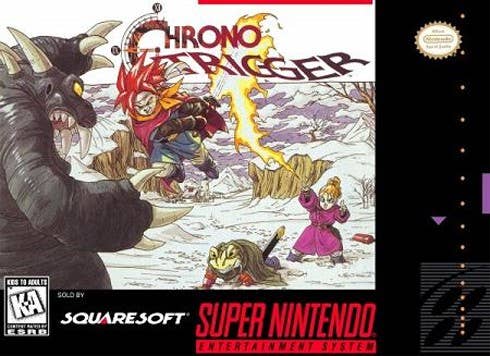
Chrono Trigger bears special mention as arguably the best Japanese RPG ever made. A dream collaboration between Final Fantasy's Hironobu Sakaguchi and Dragon Quest's Yuji Horii, it was one of the biggest and most ambitious Super Nintendo games ever made. Even in an era known for its great RPGs, Chrono Trigger's presentation, graphics, and battle system were unmatched. It was also well ahead of its time in many ways, giving players the ability to wander through time and engage the villain Lavos at their leisure, and introducing the novel concept of the "New Game+." Its mere presence makes 1995 one of the 16-bit era's best years.

The Super Nintendo's strong finish helped it nudge ahead of the Sega Genesis in the 16-bit generation. Though it outlasted its competitors, the Super Nintendo was unable to match the longevity of the NES. The following year was substantially weaker, with Earthworm Jim 2, the admittedly excellent Super Mario RPG, Donkey Kong Country 3, and the much-maligned Mega Man X3 being the main games on offer. In 1998, the Super Nintendo rode quietly into retirement. The Super Nintendo's run in 1995 was probably its last hurrah, but it was one that left a lasting impression on gamers. It's in large part because of Chrono Trigger and Super Mario World 2 that the Super Nintendo is regarded as one of the best—if not the best—consoles ever released.
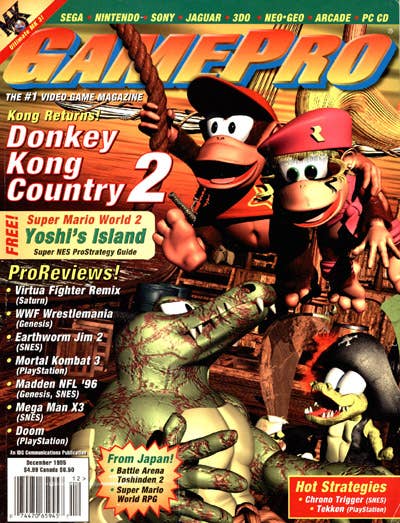
As summer rolled into fall, the 32-bit generation started in earnest. The PlayStation launched with The Raiden Project, Ridge Racer, Street Fighter the Movie, Battle Arena Toshinden and a handful of other games—not what you would call an overwhelming selection, but a decent start. Before the fall was out, it was joined by Twisted Metal, Warhawk, Street Fighter Alpha, and most importantly, Tekken.
Tekken would turn out to be one of the PlayStation's early killer apps. It was the perfect response to Virtua Fighter, which had pushed the Saturn to early success in Japan, and was the first PlayStation game to sell more than a million copies. It was proof, if any was needed, that Sony wasn't messing around with the PlayStation. They were big, they were extremely well-organized, and they were in it to win it. Sega never had a chance.
Tekken was also notable for exemplifying the move away from 2D graphics and toward 3D. Sprites were out, polygons were in, and developers had to scramble to adjust. In a way, it was a depressing time, since it meant that many great 2D games had a hard time getting support. Some franchises, notably Mario, Final Fantasy, and Metal Gear Solid, went on to flourish in the new environment. Others, like Castlevania, were never really able to adjust. Good also came out of 1995's cataclysmic shift toward polygons: many great new franchises found their feet in this period, with Tekken as a prime example.
The end of 1995 brought with it one last shift for the medium. Though it was little noticed at the time, the real-time strategy gained major traction in 1995 with the release of Command and Conquer in August and WarCraft II: Tides of Darkness in December. The latter barely received a mention in even major magazines, but that would soon change as WarCraft II gained steam from strong sales and great word-of-mouth. Within a year, real-time strategy was a sensation in the PC gaming space, and Blizzard and Westwood were two of the industry's fastest rising studios.
The popularization of real-time strategy is one trend that I'm happy to say I witnessed first-hand. Though fans tended to couch the ongoing discussion around the sub-genre as "Command and Conquer vs. WarCraft" (they still do in fact), I owned and enjoyed both. I would even go so far as to say that the original Command and Conquer is my favorite game in the series, surpassing even Red Alert. I think it was the soundtrack that did it.
Looking back, 1995 was a particularly tumultuous year for the industry; perhaps the most tumultuous since the collapse of the home console market in 1983. Studios, publishers, and platform holders rose and fell depending on the decisions they made in 1995, and when the dust cleared, the industry landscape was dramatically different. With many of today's biggest players—from Sony, to Blizzard, to BioWare—getting their start that year, It's fair to say that 1995 was Year Zero of what we now regard as the modern games industry. Conversely, 1995 was also the beginning of the end of Nintendo and Sega's dominance of the industry.
Thinking about it, 1998 was probably a better "vintage" than 1995; but in the end, many of my favorite games came out that year, from TIE Fighter to WarCraft II to Chrono Trigger, which is why it stands out so clearly in my memory. In terms of historical significance and sheer excellence, 1995 is absolutely one of the industry's greatest years and it will always hold a special place in my heart.




